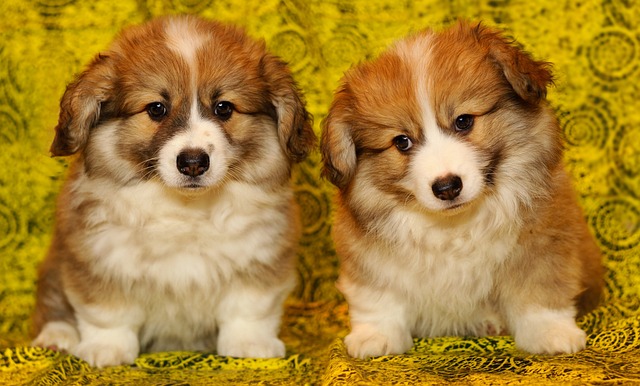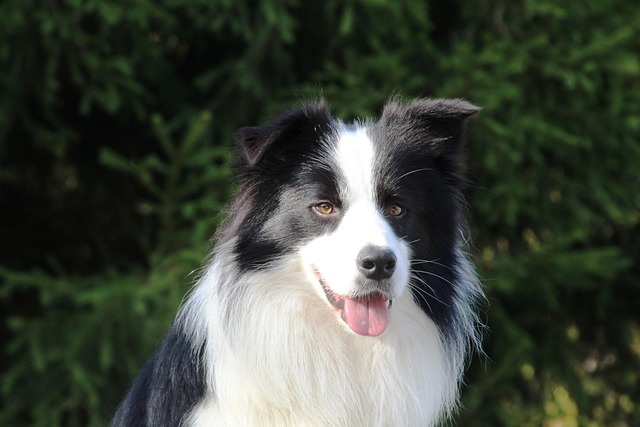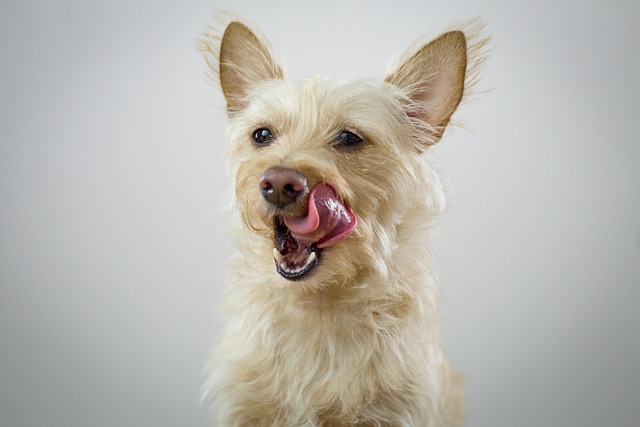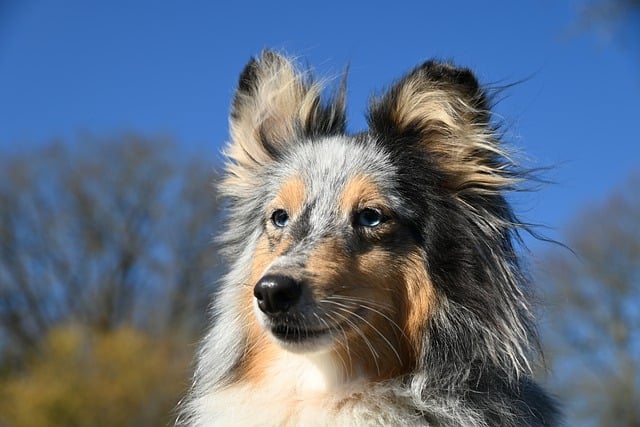When the furry paws of a Shih Tzu leave excrement on the carpet for the first time, the owner often feels helpless and confused - why does this seemingly honest breed often show stubbornness in defecation training? The independent personality and sensitive psychology of the Shih Tzu make defecation training a "communication journey" that requires patience and wisdom. From grasping the excretion signals to building positive feedback, from environmental planning to emotional connection, every correct defecation is an understanding and respect for the unique personality of the Shih Tzu. We need to use professional methods to build a guiding framework and gently accompany them to resolve their hesitation.
Understanding the excretion pattern of a Shih Tzu is the first step in training. As a medium-sized dog, the Shih Tzu typically has a need for excretion 15-30 minutes after eating, after waking up, and after vigorous exercise. Behaviorists have observed that before excretion, Shih Tzu dogs exhibit typical movements such as bowing their heads to smell the ground, spinning in circles, and raising their tails. These "body language" are natural training opportunities. An owner once recorded the excretion schedule of their own Shih Tzu and found that its excretion patterns at 6am, 12pm, and 6pm every day were like a biological clock, providing accurate time anchors for fixed-point training. It is worth noting that the Shih Tzu has higher requirements for the excretory environment than other dog breeds, preferring quiet, ventilated areas with fixed odor markings, which stems from its ancestors' instinctive need for "clean territory" in cold regions.
Planning exclusive excretion zones is the physical foundation of training. Choose a well ventilated corner of the home that is away from rest areas (such as balconies or bathrooms), and install absorbent urine pads or dog toilets. Squirrel dogs are sensitive to odors and can place a tissue dipped in their urine in the center of a designated area to use odor guidance for localization. A dog trainer suggested that the excretory area of a Shih Tzu should not be too large (about 1.5-2 square meters), as excessive space can make it difficult for them to establish a "excretory specific area" association. For dogs with thick fur, a mesh board can be laid in the discharge area to prevent feces from sticking to the fur. This detailed design can reduce their resistance to the discharge area. Once, a homeowner built a drainage pool with pine sawdust on the balcony, and the Shih Tzu took the initiative to use it as a fixed drainage point because they liked the touch and smell of sawdust.

The core logic of training consists of "timely guidance" and "positive reinforcement". When a discharge signal is observed in a matron dog, immediately guide it to the designated area in a gentle tone and softly say 'here' upon arrival. A host shared the "three-step guidance method": after discovering the signal, the first step is to lure it to the entrance of the excretory area with snacks; The second step is to stand within the area and encourage entry; The third step is to reward immediately after completing excretion. This phased guidance is in line with the cautious personality of the Shih Tzu, avoiding resistance caused by coercion. The "3-second reward rule" is particularly crucial here - within 3 seconds after completing excretion, a high palatable snack (such as freeze-dried chicken) and enthusiastic praise should be given to the Shih Tzu. Delaying the reward will make it difficult for them to establish a "behavior reward" relationship. There has been a case where a matron dog that insists on immediate rewards learns to defecate at a designated location one week earlier than its peers who do not receive timely rewards.
The principle of consistency is the key to successful training. Family members need to use a unified guiding language to avoid confusion between different expressions such as "go to the bathroom" and "pull a poop" in the understanding of a Chow Tzu. Due to differences in parental guidance, it took 21 days for a matron dog to learn how to defecate at a designated location, while a Labrador Retriever with a uniform standard from a neighbor's house only took 7 days. Environmental consistency is equally important - if initially trained on a balcony, it needs to be repeatedly reinforced in different scenarios such as parks and pet hospitals to help the matron understand the universality of fixed-point excretion. Squirrel dogs are sensitive to environmental changes, and when changing the position of their excretion area, they need to do so gradually. They can first move the urine pad 10 centimeters, increasing daily until they reach the new position. This "gradual migration" can reduce their anxiety.
The scientific approach of 'error handling' avoids repeated training. When a Shih Tzu is defecating outside of a designated area, avoid hitting or scolding, as this can cause them to associate "excretion" with "fear" and intentionally defecate in a concealed location. The correct approach is to use a tissue to absorb the excrement, thoroughly clean the odor (use pet specific disinfectant to avoid residual ammonia odor attracting re excretion), and then bring the Chow Tzu to the designated area, repeating the instructions softly. A homeowner discovered that if their own Shih Tzu was immediately brought to the balcony and given snacks after defecating in the living room, the number of erroneous excretions in that area would decrease by 40%. This' ruthless emotionalization 'protects the sense of security of the Shih Tzu and maintains a positive atmosphere for training.
Adjust training strategies based on the personality traits of the Shih Tzu. Squirrel dogs are naturally independent and have a relatively weak drive for food. During training, they can be rewarded with their favorite toys. A dog trainer found that using the favorite plush toy of a Shih Tzu as a reward for "completing excretion" increased obedience by 30% compared to a simple food reward. For timid Shih Tzu dogs, it is necessary to reduce environmental interference during training. First, complete basic training indoors in a quiet environment, and then gradually transition to noisy outdoor environments.
When one morning, the matron dog takes the initiative to walk towards the balcony's excretory area, wagging its fluffy tail and waiting for praise, the warmth brought by understanding turns all the hardships of training into comfort. The repeated attempts to choose the material for the urine pad, the moments of patient waiting in the morning, and the careful interpretation of the subtle emotions of the Chow Tzu, all condensed into the light of trust in its eyes. Training a Shih Tzu to defecate at a fixed point is never a suppression of its nature, but based on understanding and respecting its personality, using scientific methods to build a bridge of communication. When we watch the Shih Tzu defecate peacefully in the designated area, we understand that all patient guidance is to protect the deep bond between this stubborn and gentle furry child.






